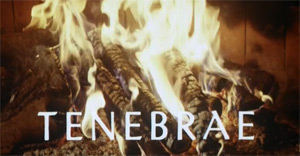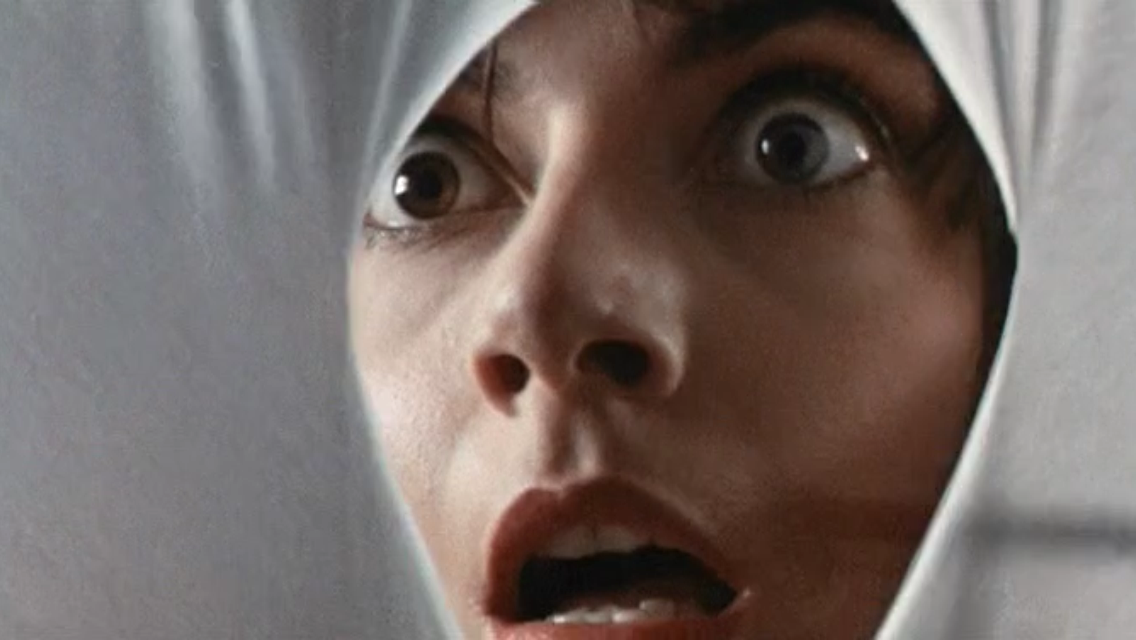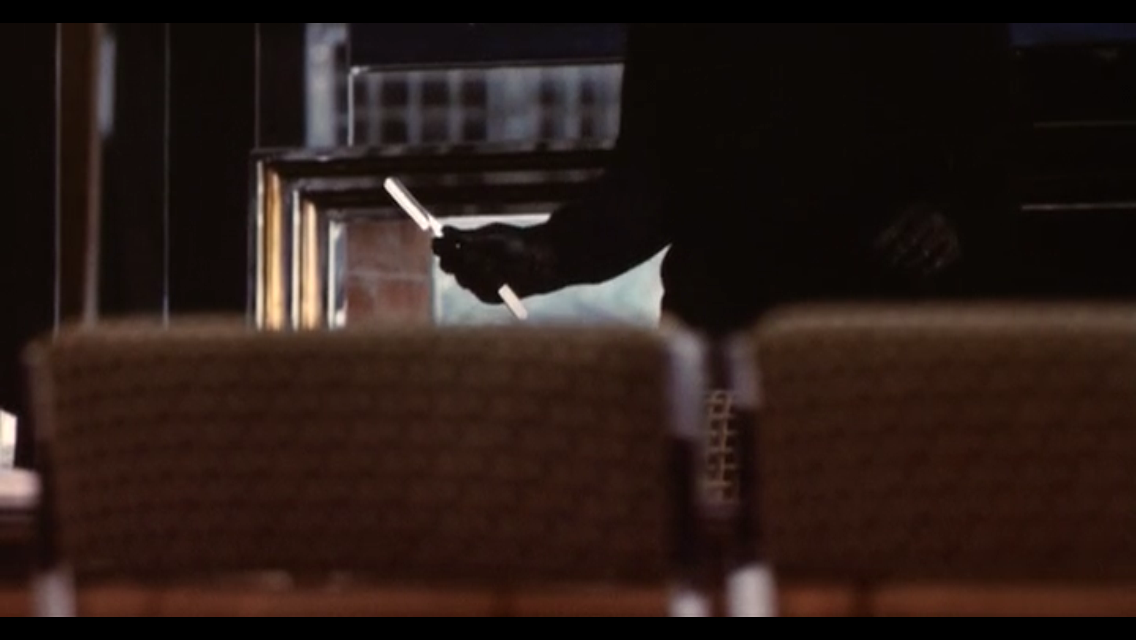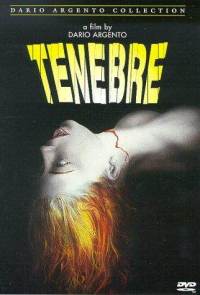
A quintessential example of the genre.
WARNING: Spoilers Below
score analysis
"Tenebrae is a sexist novel. Why do you despise women so much?”
By 1982 the Giallo movement was mostly a memory. Ten years had passed since the genre’s hayday and underground cinema had moved on to slashers, zombie films, and other fringes of the exploitation genre. This was the perfect time for Argento to remind everyone that he is the Giallo master.
After a divergence into the fantastic world of Suspiria and Inferno, Argento returned to his roots and created one of the greatest films of the genre. Aided by Lamberto Bava and Michelle Soavi as assistant directors, the film is technically brilliant in addition to being well written and acted.

I have watched Tenebre countless times and it never fails to hold my interest. Perhaps there’s a bit of nostalgia attached to it since, before the advent of DVD, Tenebre was a difficult film to acquire. When I finally found a uncut bootleg copy on VHS I watched it endlessly with the excitement of someone who has just unearthed buried treasure.
As for the score? Tenebre racks up as many points as it can considering the time period. Had the film been released before 1976 and featured a different soundtrack it would have landed a perfect score.

Interestingly enough, these two point reductions are precisely what makes Tenebre so memorable. The film is heavily influenced by 80’s styles and fashions (a stark contrast to the psychadelic overtones of 70’s Gialli) and the soundtrack composed by Simonetti-Morante-Pignatelli (formerly known as Goblin) with its heavy reliance on synthesizers creates a unique mood that will be forever linked to the visuals in this film.
Tenebre is always the film that I recommend first to anyone interested in Argento. It’s fast paced and offers enough plot twists and gore to keep modern audiences happy. Most first-time viewers will never figure out the killer's identity thanks to the scene at Berti’s apartment.

Very reminiscent of the art gallery scene in The Bird With The Crystal Plumage or the hallway scene in Deep Red, Gianni is witness to something that doesn't quite make sense, and spends the rest of his (short) life trying to figure out what really happened. But unlike Bird and Deep Red, this visual misconception is never explained explicitly in the film and which helps to obscure the identity of the killer until final reveal.
There are a few inconsistencies in the script, but nothing so major that a fan of the genre would think twice about. However, there is one scene that always confuses me. At the 1 hour mark, after Peter and Johnny leave to investigate Berti, Anne thinks she sees Jane across the street from the apartment. She goes back upstairs to call her in New York and, after getting only an answering machine, leaves the apartment. From there the camera pans to the left in the darkness to reveal what looks to be a gleaming blade.

I've always wondered what this scene is suppose to signify. Peter has left with Gianni to investigate Chistiano Berti who is (presumably) in his home, and Jane has just sped away in her car. So who is hiding in the apartment holding the blade? Is it actually Berti and we’re just supposed to assume a time jump? Are we supposed to suspect Pulman? Is it a blade left by itself with no one holding it? Is it even a blade at all? Perhaps Argento added this scene just to throw off the viewer.
After multiple viewings of roughly 30 films in the genre, Tenebre remains one of my favorite Gialli of all time for all the reasons mentioned above. It’s odd to say that watching a Giallo is “comforting”, but for me each viewing of the film is like reuniting with an old friend.

